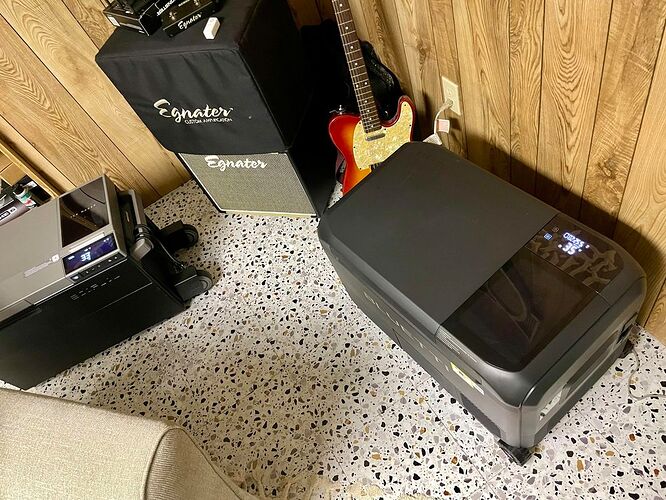@Derceto Awesome! I’ll go and check out your post now, but yea this was my starting test to give a solid “baseline” to go off of when the units were completely empty.
And since you’re a nerd like myself…  ill share another test and feedback I shared with the bluetti engineering team with this beta unit, which also makes sense as to why the multicoolers’ “efficiency” numbers might not have been as solid as it could be. And again… not only was these results based off completely empty units, but this was in fact a beta unit, so I would hope/expect that the final production units will be improved upon. And as you know how it goes man, time will tell. lol
ill share another test and feedback I shared with the bluetti engineering team with this beta unit, which also makes sense as to why the multicoolers’ “efficiency” numbers might not have been as solid as it could be. And again… not only was these results based off completely empty units, but this was in fact a beta unit, so I would hope/expect that the final production units will be improved upon. And as you know how it goes man, time will tell. lol
Bluetti vs EF Cooler Cycling Test
12:20pm Starting testing to see differences between the Bluetti MultiCooler and the EcoFlow Glacier in their cycle rates. Used to determine allotted temperature fluctuation between cycles and how many cycles are used in given time frame on average.
Both units are completely empty (besides a single can holding thermometer off the floor of cooler), running from their internal batteries only, set to 35F, both on EcoMode. Both units sat and started from ambient temperature in room which averaged 62F during the duration of testing.
Initial Test: time to hit 35F set point on eco mode, empty units, ambient temp of 66F
-Bluetti took 57 minutes (12:20pm to 1:19pm) to go from 66.7F (max) to 36.1F (min)
-EF took 37 minutes (12:20pm to 12:57pm) to go from 64.2F (max) to 28.4F (min)
Over 12hour period:
-Bluetti only allowed unit to raise 2.7F on average per cycle (36.3F min to 39F max) before kicking on compressor. Compressor turned on 18 times in 12 hours or an average of 1.5times per hour (every 40 minutes). And maintained an overall average internal temp of 37.4F
-EF allowed unit to raise 15.6F on average per cycle (27F min to 42.6F max) before kicking on the compressor. Compressor turned on 7 times in 12 hours or an average of .58 times per hour (every 103 minutes). And maintained an overall average internal temp of 34.3F
recommend to view image in browser at full size to see details
Notes/Summary:
For me, the most important feature of a cooler/freezer is maintaining an overall temperature. These results showed that both units did pretty damn solid in this test environment, but showed one major difference… the Bluetti cycles the compressor on/off A LOT more often then the Glacier. And this is due to the temperature range the Bluetti multicooler has set for the allotted variance surrounding the set-point.
IMO this allotted variance could be widened from the 2.7F difference it appears to be currently set at, to something like 7F degrees which would cut the times the compressor is kicking on by half. Which in the long run… I am guessing would give the compressors service life a longer lifespan. On the other hand… by keeping a “tighter” threshold range for the cooler temps to stay within, the Bluetti doesn’t risk freezing products that are more temperature sensitive.


